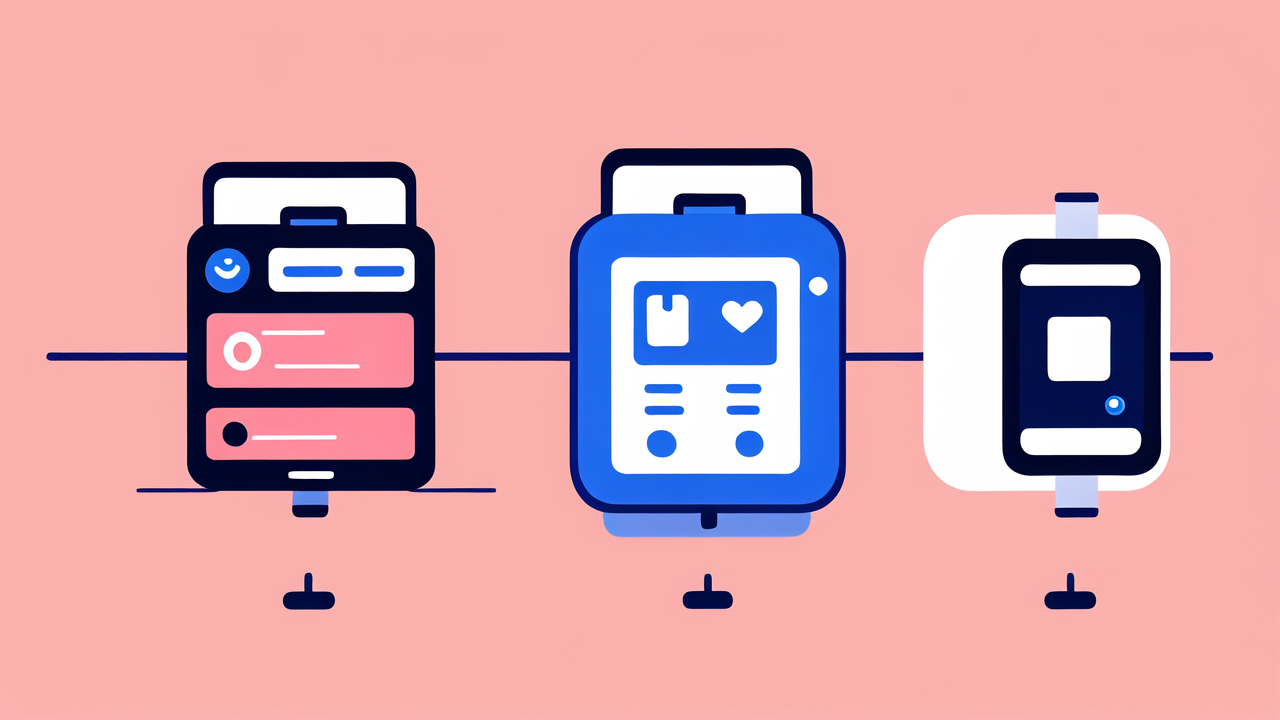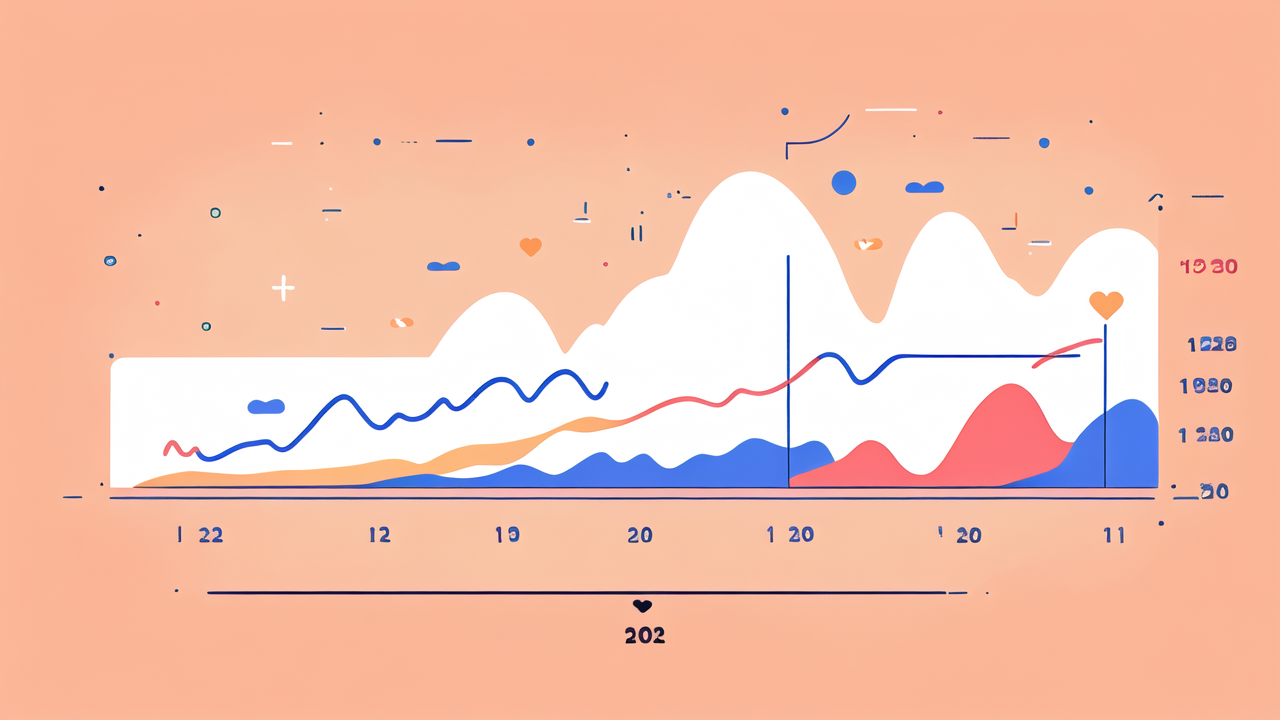Understanding the Evolution of Smartwatches in Health Care
The inception of smartwatch technology
Smartwatches have come a long way since their inception. They started as simple digital watches with extra features. Early models could store contacts and perform basic calculations. As technology advanced, so did smartwatches. They began to incorporate more sensors and processing power. This allowed them to track more health-related data. The first health-focused smartwatches appeared in the early 2010s. These devices could monitor heart rate and count steps. They marked the beginning of a new era in personal health monitoring.

From consumer gadgets to health-centric devices
Smartwatches have evolved from mere gadgets to essential health tools. Initially, they were seen as tech accessories for early adopters. However, their potential in health monitoring soon became clear. Manufacturers started to focus on health features. They added more sensors and improved accuracy. Smartwatches can now track sleep patterns, stress levels, and even blood oxygen. This shift has made them valuable for both consumers and healthcare providers. Many people now rely on smartwatches for daily health insights.
Regulatory landscape of wearable health technology
As smartwatches become more health-oriented, regulations have evolved. The FDA has created guidelines for wearable health devices. These rules ensure the accuracy and safety of health-related features. Manufacturers must now prove the reliability of their health monitoring functions. This has led to more rigorous testing and development processes. The regulatory landscape continues to change as technology advances. It aims to balance innovation with consumer safety. These regulations have helped build trust in smartwatch health features.
Key Features of Leading Smartwatches in the Health Industry
Advanced sensors and data analysis
Modern smartwatches are equipped with a variety of advanced sensors. These include heart rate monitors, accelerometers, and gyroscopes. Some even have ECG and blood oxygen sensors. These sensors collect vast amounts of data about the user's health. But the real power lies in data analysis. Smartwatches use AI and machine learning to interpret this data. They can detect patterns and anomalies in heart rhythms. They can also track fitness progress and sleep quality. This analysis provides users with actionable health insights.

Integration with health apps and platforms
Smartwatches don't work in isolation. They integrate with health apps and platforms. This creates a comprehensive health monitoring system. Users can sync their data with fitness apps like MyFitnessPal or Strava. They can also share data with healthcare providers through platforms like Apple Health. This integration allows for a more holistic view of one's health. It combines activity data, nutrition info, and medical records. This comprehensive approach enhances the value of smartwatches in health management.
Battery life and software updates for long-term users
Battery life is crucial for continuous health monitoring. Leading smartwatches now offer days of use on a single charge. This allows for uninterrupted tracking of health metrics. Regular software updates are also key for long-term users. These updates often bring new features and improved accuracy. They also fix bugs and enhance security. Manufacturers are focusing on making updates seamless and user-friendly. This ensures that smartwatches remain effective health tools for years after purchase.
Impact and Adoption: Smartwatches in the United States Market
User adoption rates and demographic trends
Smartwatch adoption in the US has been steadily rising. A growing number of Americans now own and use these devices daily. The adoption rate is particularly high among younger adults and fitness enthusiasts. However, older adults are also embracing smartwatches for health monitoring. Women are increasingly using smartwatches to track menstrual cycles and fertility. Men often focus on fitness tracking and heart health. Overall, smartwatches are becoming more mainstream across all demographics.

The role of smartwatches in preventive health care
Smartwatches are playing a crucial role in preventive health care. They encourage users to be more active and health-conscious. Regular activity reminders help combat sedentary lifestyles. Sleep tracking promotes better sleep habits. Heart rate monitoring can detect potential issues early. Some smartwatches can even detect falls and call for help. This proactive approach to health can prevent many health problems. It also helps users take control of their well-being.
Future projections: The expanding frontier of smartwatches in health care
The future of smartwatches in health care looks promising. We can expect more advanced sensors and features. Blood pressure monitoring and glucose tracking are on the horizon. Mental health monitoring through stress detection is also being developed. Integration with telemedicine services will likely increase. This will allow for remote consultations based on smartwatch data. As AI improves, smartwatches may offer more personalized health advice. They could become essential tools in managing chronic conditions. The line between consumer device and medical tool will continue to blur.




Leave a comment
This site is protected by hCaptcha and the hCaptcha Privacy Policy and Terms of Service apply.